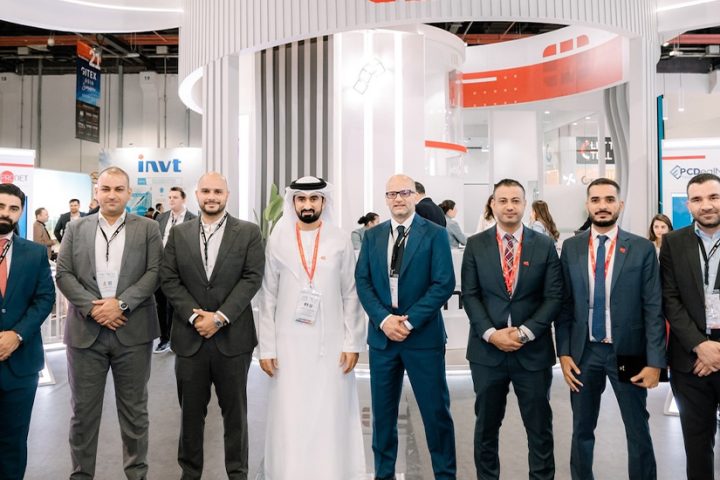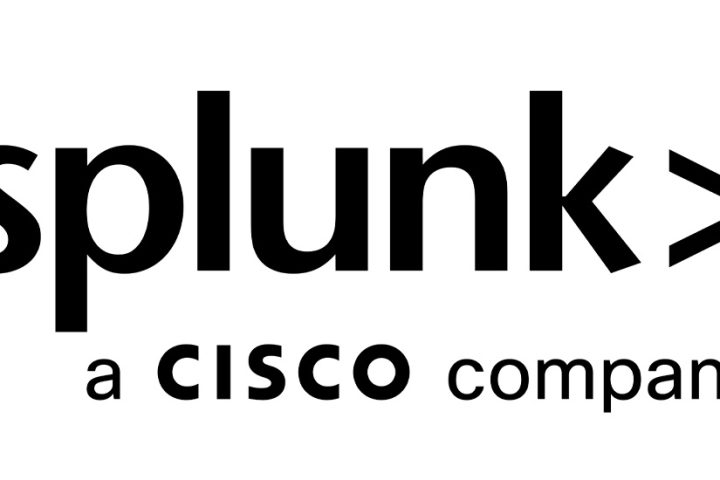The phrase ‘digital transformation’ is everywhere today and according to Erica Langhi, solution architect at Red Hat, it’s not going away any time soon. Here, Erica examines why seamless integration between legacy systems and new applications and infrastructure is key for successful digital transformation, and how the often-overlooked middle child of the software family – integration middleware – can bridge the gap to the connected enterprise.
Today, organisations are acutely aware of the need to become more digital in order to stay competitive and serve customers in new ways. We have entered an era of agile development practices, hybrid technology footprints and a resulting “API economy”. This all holds great promise, but as an upshot IT teams are coming under increasing pressure to deliver and manage complex environments, especially when it comes to connecting data, applications and devices. The discussion and media coverage around addressing this challenge is wide-ranging and lively. But I would argue that there is a critical piece of the puzzle that is yet to take centre stage.
“Spaghetti Junction”
In practical terms, being more digital often translates into being able to create new applications faster. Indeed, maintaining and updating existing applications is a top IT priority for many organisations – 71 percent, according to data from our customers – as is creating new applications more quickly (53 percent). This is where we see many organisations uncover an integration problem, which amounts to a spaghetti-like tangle of siloed systems and data sources that have built up over time. It can be hard to know where to start with untangling the plethora of disparate systems and data sources when looking to develop new applications that must plug into them.
What’s more, many legacy apps were not made for the cloud and redesigning them is far from cost efficient. Cue the opportunity for new applications to be created cloud-ready and easily integratable with existing systems and applications. In addition, many businesses are looking to develop new applications using microservices and containers. Thirty-six percent of respondents to the above-mentioned survey were in the process of researching or planning to deploy microservices architectures in the next year, and 29 percent indicated they were already implementing or using them. The figures were even higher for containers: 38 percent in planning, 33 percent implementing.
Operation integration: the tech behind the scenes
As organisations seek to modernise their application environments, a crucial consideration is being able to bridge old and new technologies in a safe and meaningful way. That is, successfully maintaining existing applications while harnessing the benefits of new agile architectures and tools.
What IT bosses may not be thinking about is that much of the answer to the integration question lies in middleware. It is the tech you do not see, working to solve diverse and complex problems behind the scenes in systems like holiday bookings, electronic ticketing and payment card fraud detection. Middleware technologies can integrate these systems and share the data that is spread across multiple applications and processes. They also empower users with automated business processes and rules that help an organization respond rapidly to changing conditions. By tidying up the back end, as well as providing a platform to build applications on, integration middleware can help accelerate the delivery of new services to employees and customers. And it enables the organization to do this agnostic of environment and device, providing the flexibility to deploy applications on premise, in the cloud or a combination of both, and spanning the range of devices critical to today’s organizations.
For delivery specialist Hermes, integration middleware is a means to better track delivery information for customers – a two hour process of manually batching data and pushing out into customer-facing web applications has been automated and now takes 60 seconds. For Telegraph Media Group, a middleware-powered integration platform has simplified the launch of compelling new digital content to audiences on desktop, tablet and smartphone devices. And for King’s College Hospital, the NHS Foundation Trust brought in a new integration platform to enable more than 50 hospital systems to exchange critical patient information quickly and reliably.
Let’s talk about data
The API economy is helping democratise access to data and services, presenting a great opportunity to better connect people and enterprises. When CIOs are looking at becoming a connected enterprise, they should be starting to think about data as a first class citizen. Many organisations are sitting on treasure troves of information, if they can only process and contextualise it across a variety of platforms. No longer suffering from a lack of data, the challenge for businesses is a lack of the right data at the right time; they are dealing with spiralling bits and bytes generated from multiple sources such as social media and connected devices. As such, those responsible for IT or applications should start treating data less like a static warehouse and more as a dynamic data fabric. Traditional integration approaches involve the cost and complexity traditionally associated with data warehouses or data pipeline techniques (traditional ETL – extract, transform, load – processes). However with a data fabric, organisations get just-in-time processing capabilities that can bring together data from multiple sources, easily accommodate new sources and move away from traditional silos. Again, they can look to use middleware technologies to do this, in the shape of data virtualization technologies.
Data virtualization can be used to implement a data access layer, which gathers together the underlying data and prepares it for analytics tools. This is a technique that offers accurate, reliable data in real time with no unnecessary data replication, reducing the cost of out-of-sync reports. In this way, organisations can achieve greater productivity and efficiency, unlocking data from silos into unified information at the speed of business. A great example of a business taking advantage of its wealth of data is the Royal Bank of Scotland (RBS), which implemented a data access layer to support real-time data decisions. Many financial services organisations are faced with needing to capture more sophisticated information from different systems such as transactional, risk, ledger and static, and be able to deliver it over the right channel in the right way. As an outcome, business intelligence teams with the right tools can mine this data and gain insights that can add great value to the business and the experience delivered to customers.
The way I see it, integration middleware is the key for a modern architecture, and the organisations that recognise its strategic value can gain a head-start on the road to digitalisation.
Author: Erica Langhi, solution architect at Red Hat














